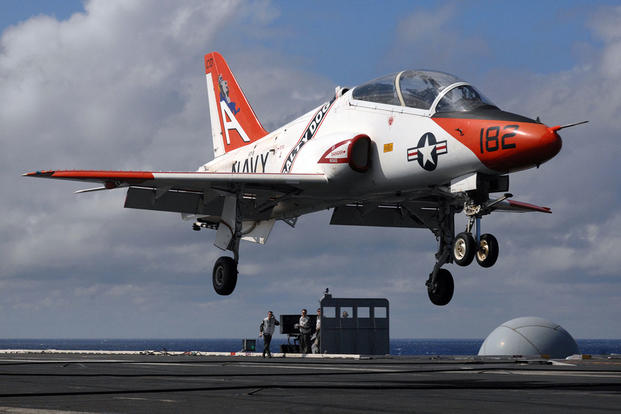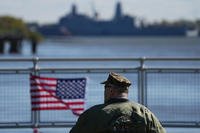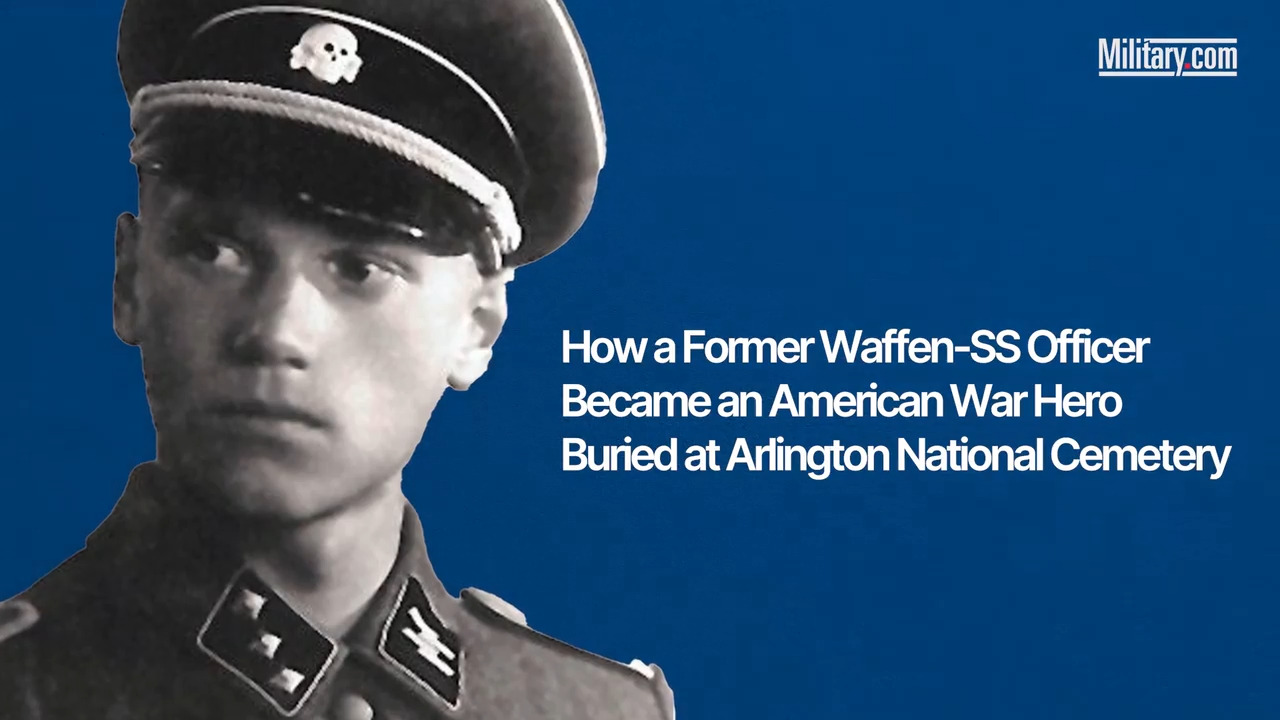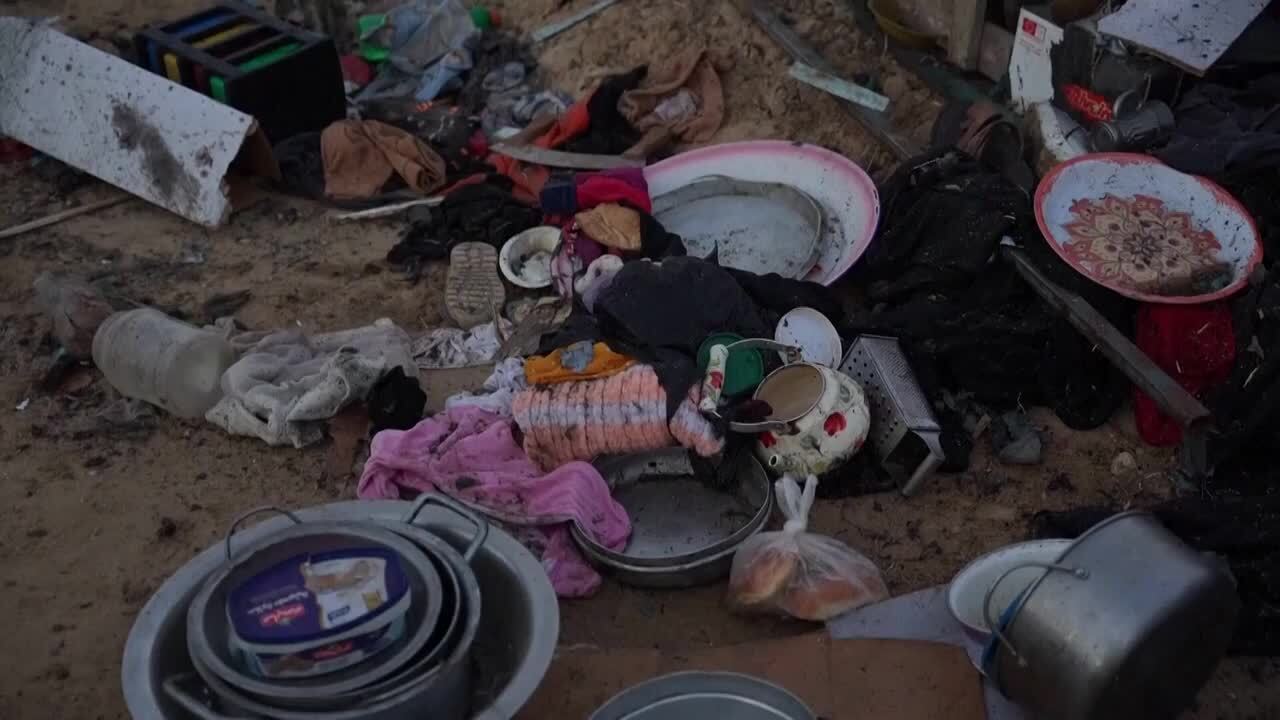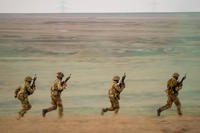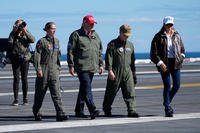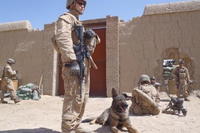Navy senior instructor pilots are back in the cockpit this week after a 12-day "operational pause" for T-45 Goshawk trainers tied to concerns about hypoxia-like cockpit episodes.
The commander of Naval Air Forces, Vice Adm. Mike Shoemaker, opted to ground the aircraft after some 100 instructor pilots reportedly refused to fly over the episodes, which have quadrupled over the airframe over the last five years. Officials still have few answers about what's causing the frightening problem.
But Capt. Todd St. Laurent, program manager for Naval Undergraduate Flight Training Systems, said in an interview that mitigating actions -- limiting the altitude at which the aircraft can fly, and committing more resources to solving the problem -- had given pilots the confidence to get back in the cockpit.
"The reports that we're getting is, pilots are very enthusiastic to fly," he told Military.com on Tuesday, a day after the T-45 operational pause was lifted.
In addition to the new procedures, the Navy has brought in more agencies and experts to consult on the problem and offer solutions. The team of more than 100 people working the problem now includes engineers from NASA, St. Laurent said.
"I would tell you that NASA has folks who are experts in the area of breathing systems; they have the same type of aeromedical scientists," he said. "And they have people who are very good at problem-solving generally. We've asked them to look at our technical approach."
The NASA experts, he said, will also examine best practices for testing and troubleshooting the high-profile problem. Others consulting on the issue include engineers from Boeing and other major contractors, and physiologists and flight doctors who can offer insights on human variables that may affect how and when episodes are experienced.
In meetings between Shoemaker, Navy engineers and the instructor pilots, St. Laurent said leaders discovered the instructor pilots wanted to take a more active role in solving the cockpit episodes.
"One of the things that we learned from the aircrew is they want to be part of the process in helping to determine root cause," he said. "[Previously], we didn't want to burden our aircrew. We're now creating a teaming environment ... to understand what they're seeing and experiencing."
The Navy is creating a SharePoint style website containing up-to-date information about how to solve the cockpit issues, with a central email point of contact that pilots can use to share their own ideas and findings from working on the aircraft, and to stay current on what's being done to fix the problem.
For now, the T-45s are not allowed to fly above 10,000 feet and pilots will wear masks disconnected from the onboard oxygen generating systems as Navy engineers continue to assess what is causing the problems.
"[Tuesday] was the first day the senior instructor pilots flew with the new configuration," Naval Air Forces spokeswoman Cmdr. Jeannie Groeneveld told Military.com. "They are to come back and brief the rest of the command on the experience, new emergency procedures, and new configuration."
The flight restriction limits risk, but it also limits the kinds of training that instructor pilots and trainees can do, making it at best a temporary solution to the cockpit problem. Carrier landings are out for now, and combat training may be significantly limited.
St. Laurent said the restrictions would allow the training squadrons to complete 75 percent of the operational flight envelope.
A former Navy instructor pilot, Phil "PK" Kase, told Military.com that aerial combat training likely fell outside of that envelope.
"Most of your flying high above the ground, above 10,000 feet, that's where that training occurs," said Kase, who flew the T-34 trainer for the Navy, but knew many pilots in the T-45 community. "You can do some of that down lower, but there's increased risk. When you yank and bank the airplane, things can happen pretty quickly."
St. Laurent said he couldn't speculate on how long the restrictions will remain in place or how the Navy will cope with the prospective challenge of graduating trainees who haven't been able to fly the full operational envelope of the aircraft. At this point, it isn't clear it will come to that.
"That is right now a future event," he said. "What we know is what was done in the past and the progress we've made. We have a significant number of programmatic actions in place. We're confident we will be able to move forward and move in a different direction."
-- Hope Hodge Seck can be reached at hope.seck@military.com. Follow her on Twitter at@HopeSeck.
